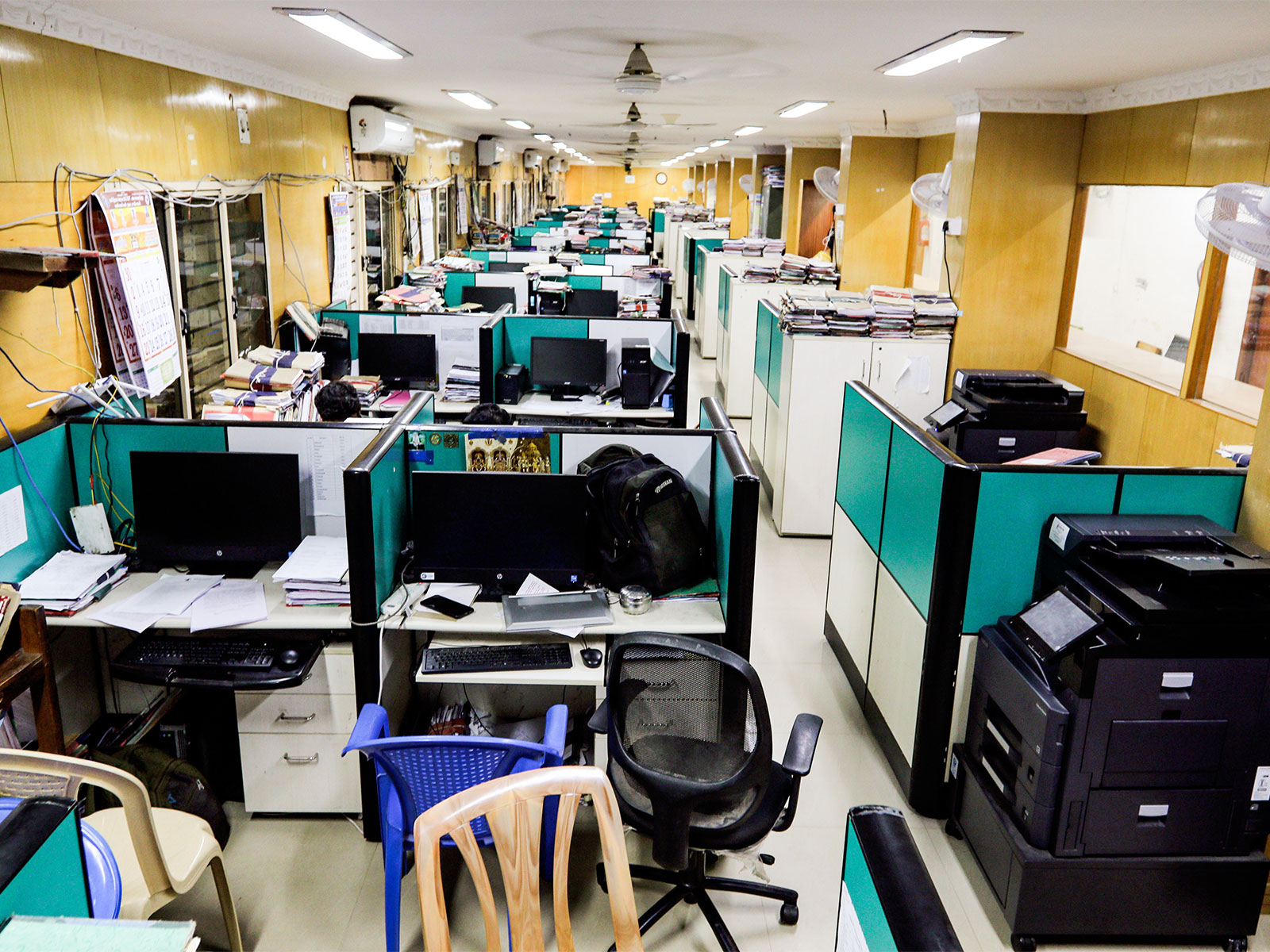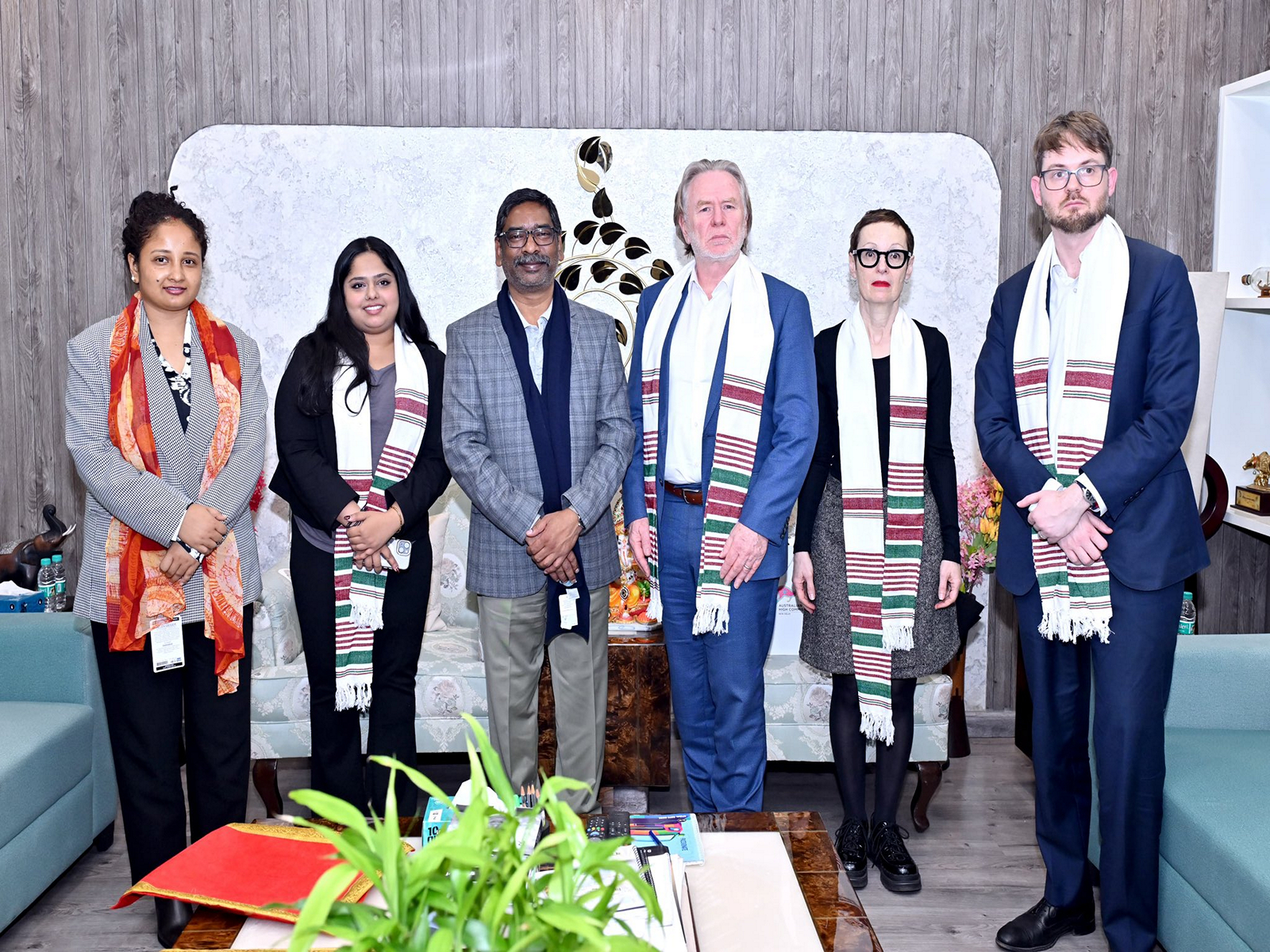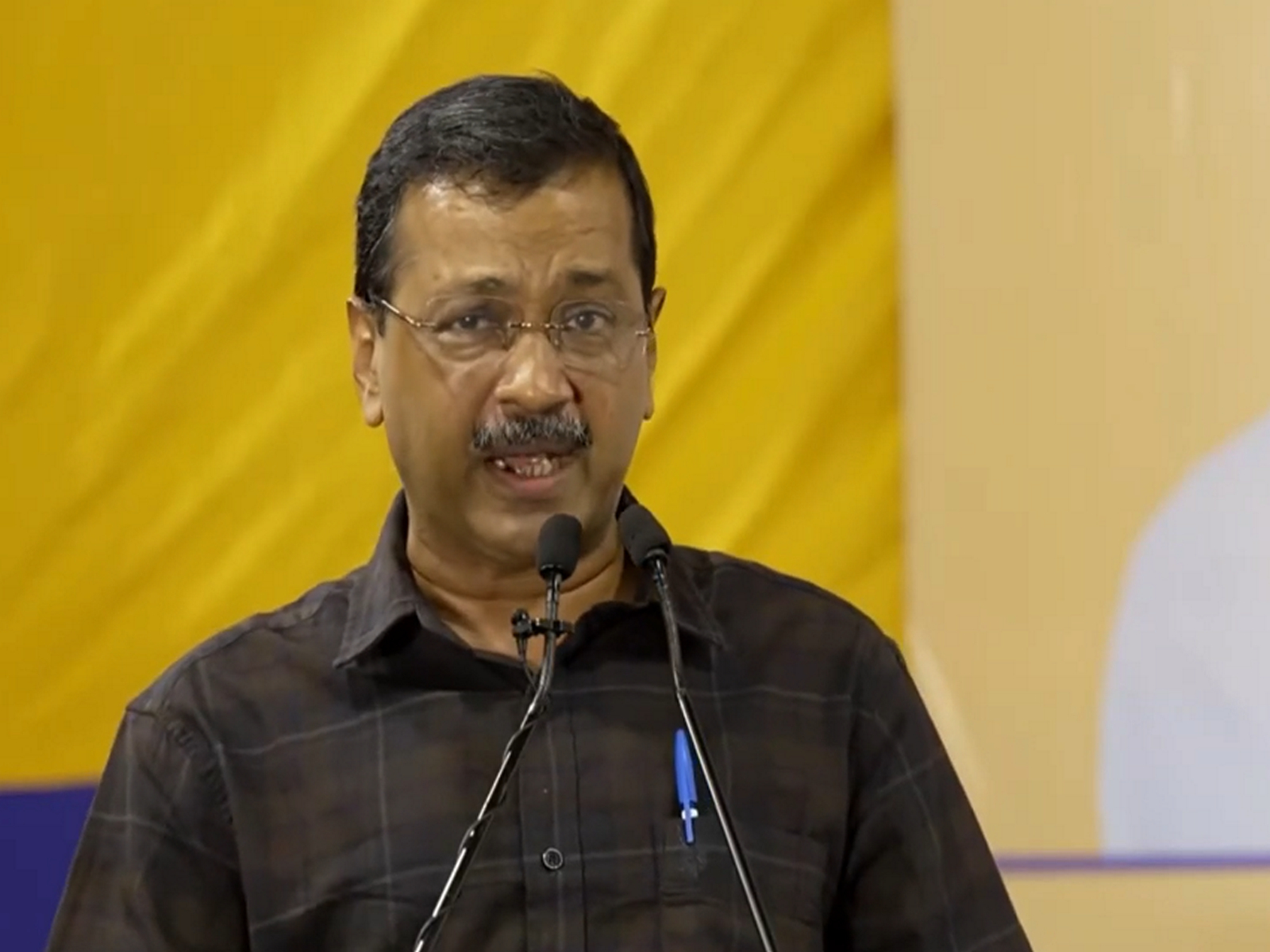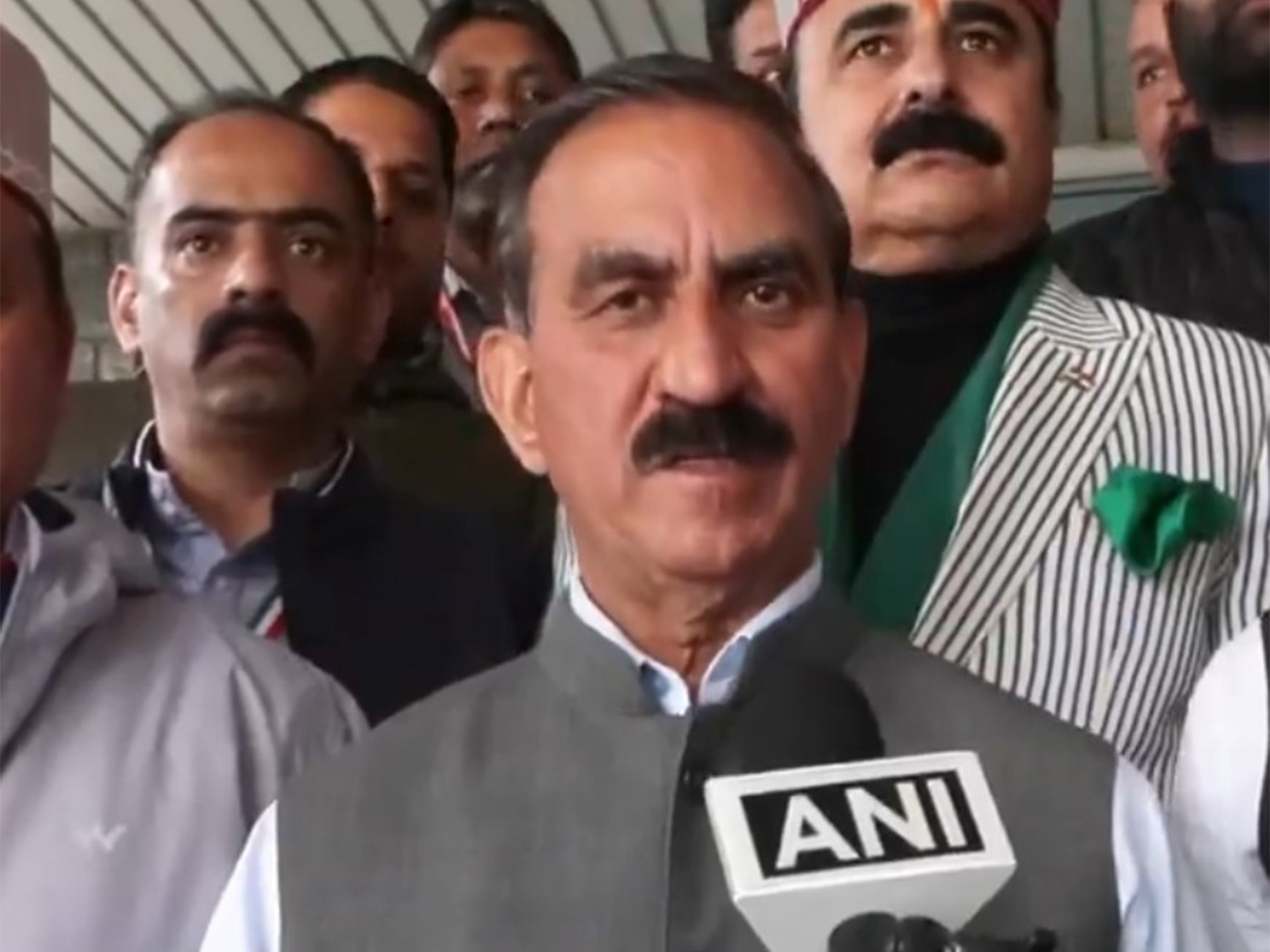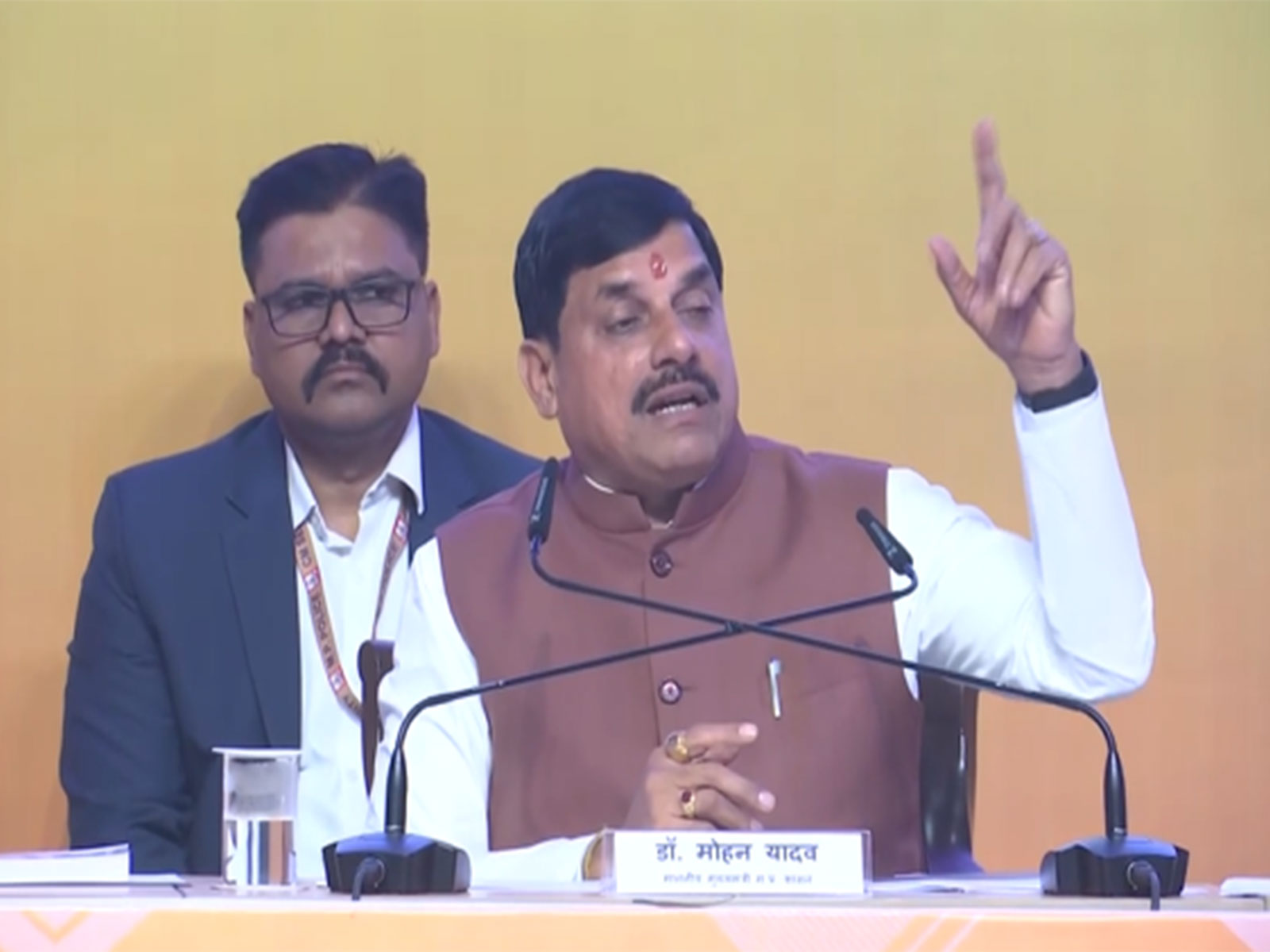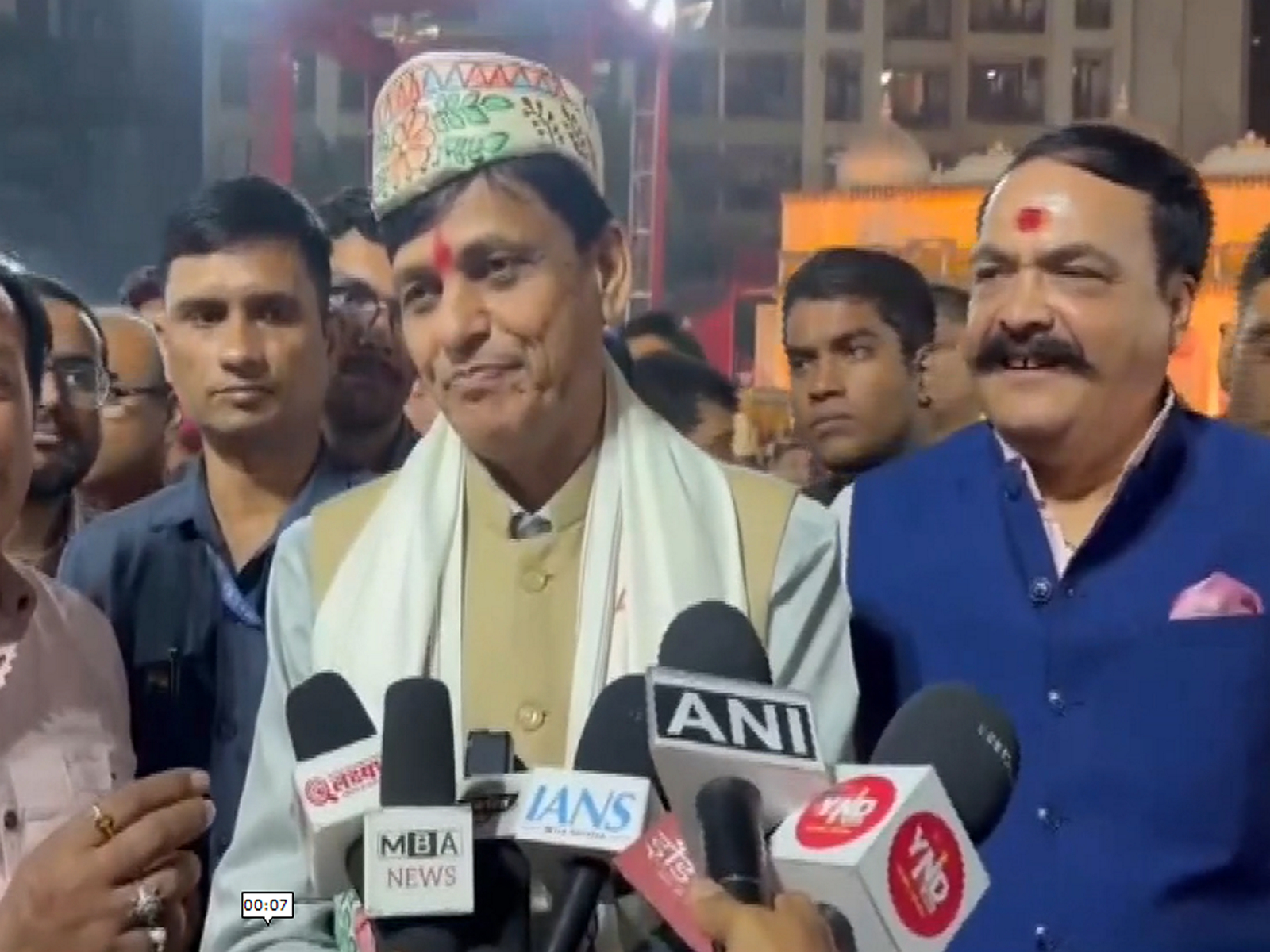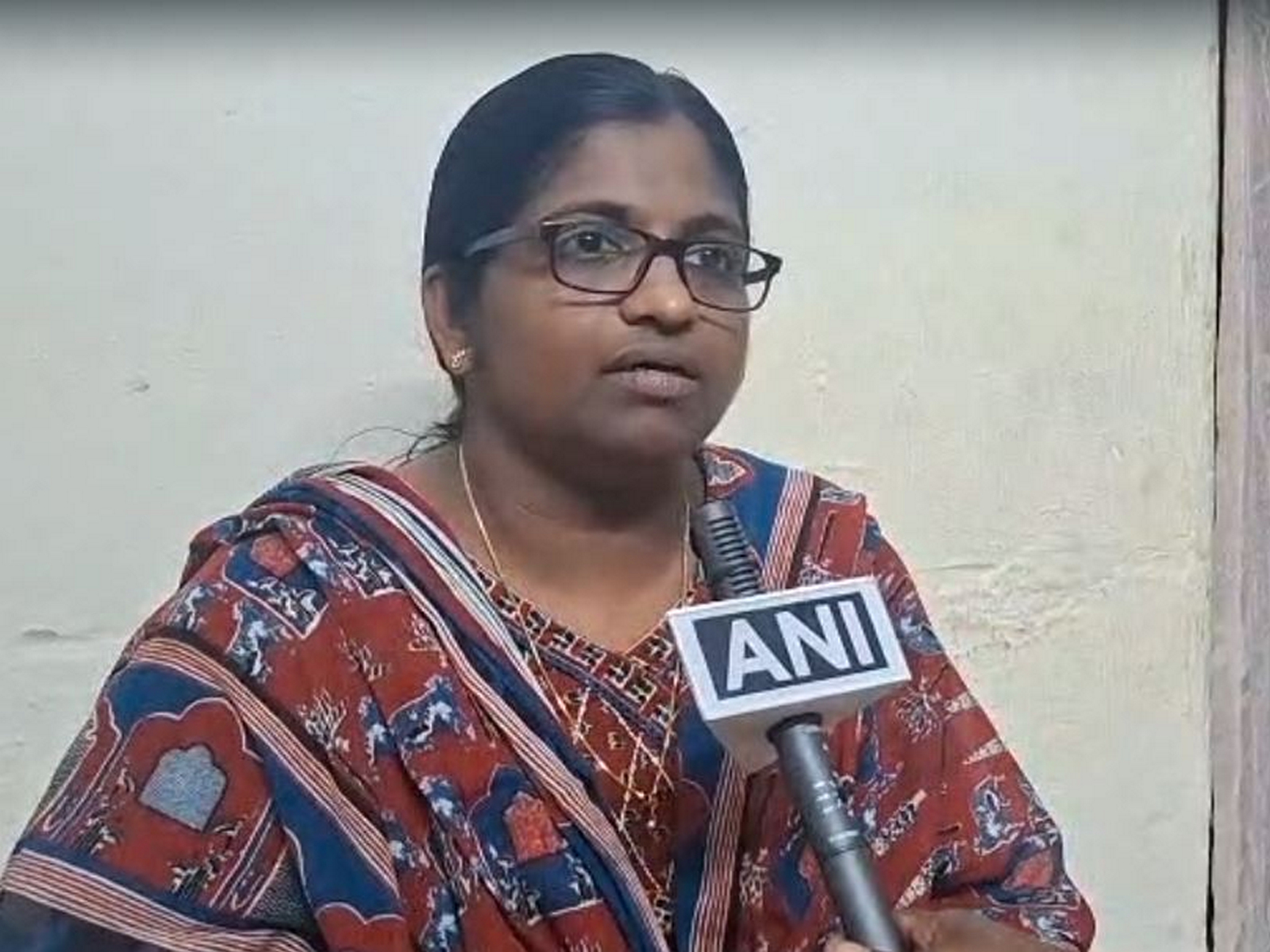24.82 crore Indians escaped Multidimensional Poverty in last 9 years, Index shows nearly 18 percent decline
Jan 15, 2024

New Delhi [India], January 15 : In what can be seen as a key indicator of India's progress towards becoming a developed nation, as many as 24.82 crore individuals in India moved out of multidimensional poverty over the past nine years, according to a NITI Aayog report.
According to the paper, India has registered a significant decline in multidimensional poverty in India from 29.17 per cent in 2013-14 to 11.28 per cent in 2022-23 -- a reduction of 17.89 percentage points.
Uttar Pradesh registered the largest decline in the number of poor with 5.94 crore people escaping multidimensional poverty during the last nine years followed by Bihar at 3.77 crore, Madhya Pradesh at 2.30 crore and Rajasthan at 1.87 crore.
The paper also showed that the pace of decline in poverty headcount ratio using exponential method was much faster between 2015-16 to 2019-21 (10.66 per cent annual rate of decline) compared to period 2005-06 to 2015-16 (7.69 per cent annual rate of decline).
All 12 indicators of MPI (Multidimensional Poverty Index) have recorded significant improvement during the entire study period. To assess the poverty levels in the year 2013-14 against the current scenario (i.e. for the year 2022-23), projected estimates have been used due to data limitations for these specific periods.
Findings of NITI Aayog's Discussion Paper 'Multidimensional Poverty in India since 2005-06' give credit for this achievement to significant initiatives of the government to address all dimensions of the poverty between 2013-14 to 2022-23.
The discussion paper was released on Monday by Prof Ramesh Chand, Member, NITI Aayog in presence of BVR. Subrahmanyam, CEO NITI Aayog. Oxford Policy and Human Development Initiative (OPHI) and United Nations Development Programme (UNDP) have provided technical inputs for this paper.
As a result of this decline in multidimensional poverty, India is likely to achieve its SDG (Sustainable Development Goals) target of halving multidimensional poverty well before 2030, it said.
Noteworthy initiatives like Poshan Abhiyan and Anemia Mukt Bharat have significantly enhanced access to healthcare facilities, leading to a substantial decrease in deprivation. Operating one of the world's largest food security programs, the Targeted Public Distribution System under the National Food Security Act covers 81.35 crore beneficiaries, providing food grains to rural and urban populations.
Operating one of the world's largest food security programs, the Targeted Public Distribution System under the National Food Security Act covers 81.35 crore beneficiaries, providing food grains to rural and urban populations. Recent decisions, such as extending free food grain distribution under Pradhan Mantri Garib Kalyan Anna Yojana for another five years, exemplify Government's commitment.
Various programs addressing maternal health, clean cooking fuel distribution through Ujjwala Yojana, improved electricity coverage via Saubhagya, and transformative campaigns like Swachh Bharat Mission and Jal Jeevan Mission have collectively elevated living conditions and overall well-being of people.
Additionally, flagship programs like Pradhan Mantri Jan Dhan Yojana and PM Awas Yojana have played pivotal roles in financial inclusion and providing safe housing for the underprivileged.
While the performance of States varies, some States which were traditionally having high poverty have made remarkable progress in helping people escape poverty, thus reducing inter-state disparities in multidimensional poverty. With this, the fundamental problems in accessing basic services are getting resolved fast so that the country can look towards becoming a developed nation.


